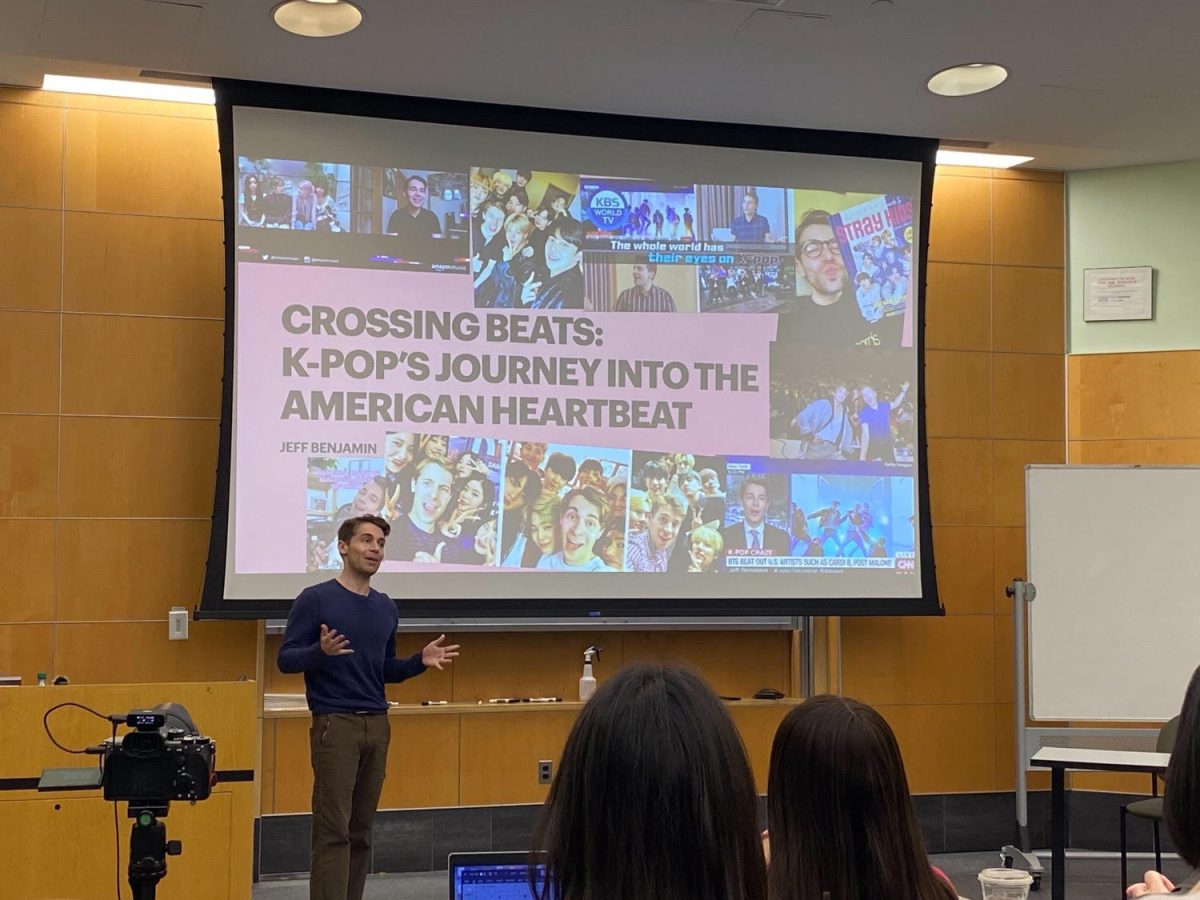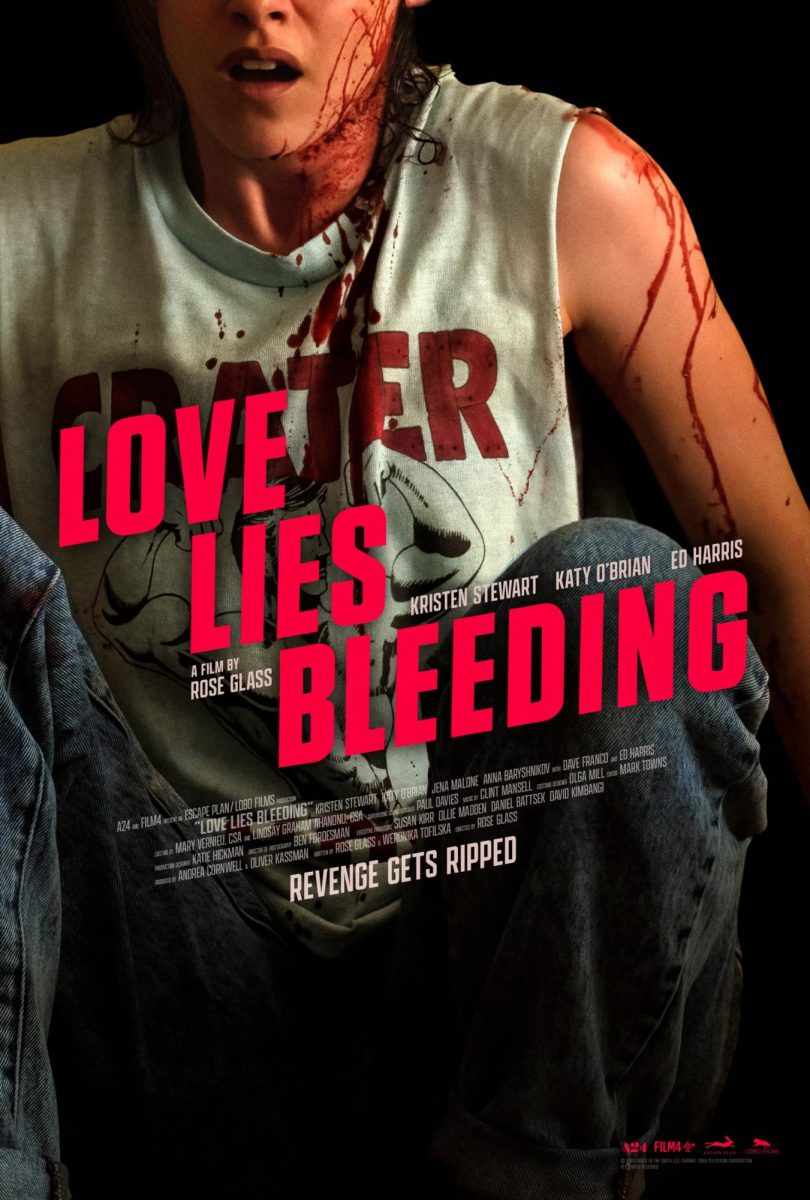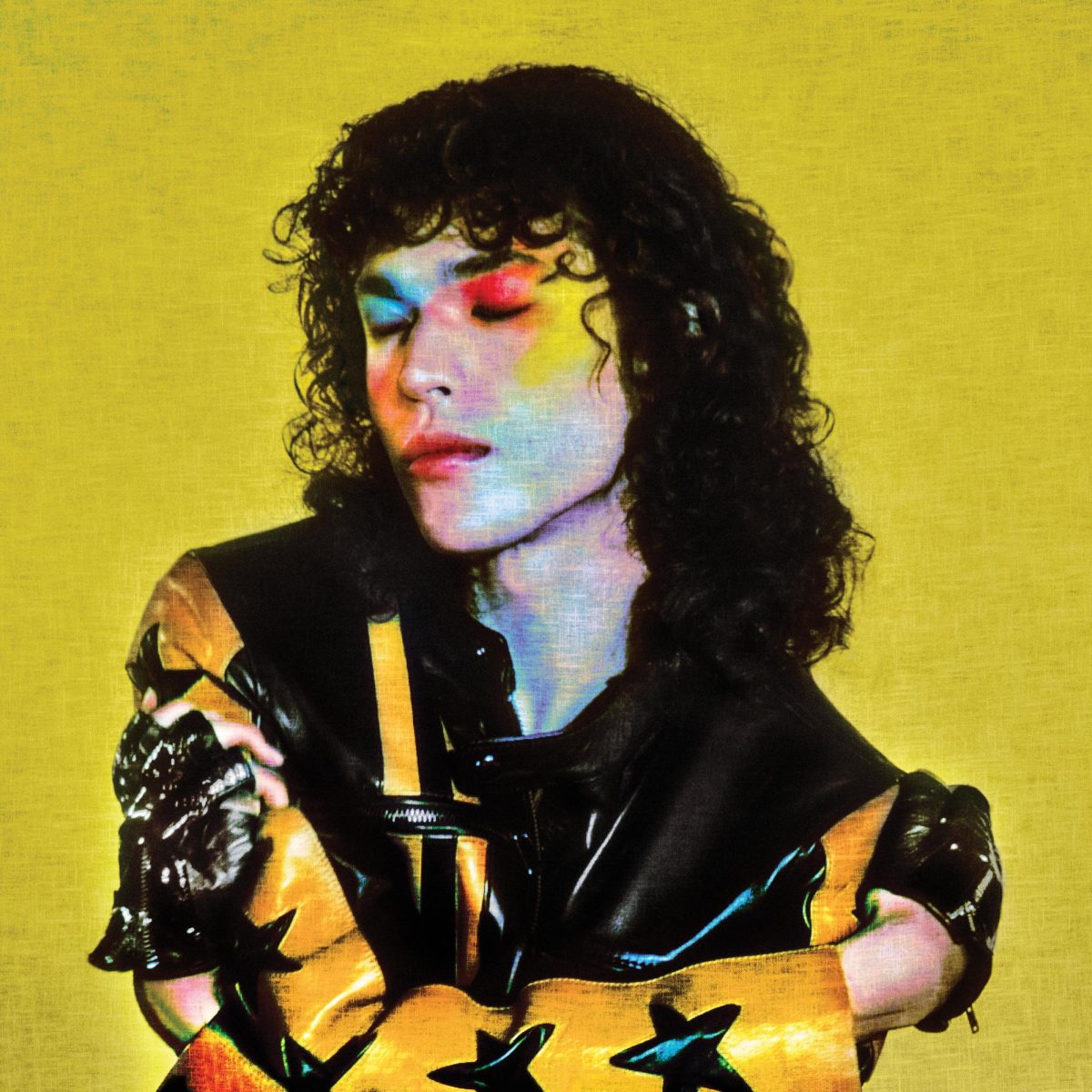
This Tuesday, Jan. 31, the Paul W. Zuccaire Gallery opened its doors to present its first art exhibition of the spring semester. The dimly lit yet vibrant exhibit, titled “ANTIFORM,” features the works of experimental New York City-based artists Lindsay Packer, Mitch Patrick and John Ros who use light to shape their artwork.
The term ‘antiform’ was coined in the late 1960s as an art movement that went against the simplicity of the minimalism movement that came before it. Minimalism emerged in the 1960s with a focus geared toward minimizing the use of personal expression within art to keep it simple and literal. Unlike the austere look of its precursor, antiform art is meant to allow materials and objects to be themselves and take on their own forms without restriction.
From Jan. 24 to Feb. 18, “ANTIFORM” will share its post-minimalist message at Stony Brook. Gallery curator and director Karen Levitov describes “ANTIFORM” as an exhibition crafted by three unique artists.
“These are artists who are working with found objects, video, 3D printing and projected light,” to give the pieces more dimension, Levitov said.
Lindsay Packer, a self-proclaimed “visual ventriloquist,” uses color and light as the focal points of her pieces. In one piece, she uses simple objects like brown paper bags to project colorful shadows at every angle.
Mitch Patrick takes a digital approach to his work, using video and 3D printing to create his pieces.
Toward the entrance of the gallery, a three-hour video is projected onto the floor tile. Only a few feet away, thin 3D-printed structures hang from the ceiling and cast shadows onto the floor. However, one look through the arbitrary gaps can change the perspective of the other art works, depending on where you are standing.
As gallery curator, Levitov gets the chance to see each exhibit from beginning to end. For this specific exhibition, however, Levitov had no idea what the pieces were going to look like because they were created on set.
“To me, that’s exciting,” Levitov said. “It’s a certain amount of risk but it’s also a very exciting part of being a curator, seeing how the work develops.”
John Ros, a long-time friend of Levitov, uses materials collected in the Staller Center as well as mixed forms of media to create his low-tech works. He uses old relics, some of which are found in the building and gives them new meaning, according to Levitov.
Unlike past exhibitions, visitors can pick up a floor plan at the front door that labels each piece by number. The map is meant to serve as a placeholder for the labels that are absent from the wall of the exhibit, which is unusual for an art gallery. The floor plan contains the information that would have been provided on the labels such as the name of the piece and who created it.
Though the map numbers the pieces, Levitov says there is no required order to view the artworks.
Originally, Levitov was not fond of the idea of numbering the pieces.
“I didn’t want to number it because I didn’t want people to think they had to go from one, to two, to three,” Levitov said, adding that visitors should instead point their focus to the message of the pieces.
“Really the artists want you to take it all in visually and think about it in terms of perception,” Levitov said. “The map is if you want a little help.”
Another feature of the exhibit is a series of photographs taken by Ros on the exterior walls of the gallery. At first glance, they may look like simple photos, but they are actually pictures of the other side of that same wall. So, when you are looking at the photo of a stairwell, it is as though you are seeing right through the wall itself.
For interested students, there will be an artist talk on Jan. 31 from 5 p.m. to 8 p.m. where the artists will give a tour of each piece and explain its significance. The gallery is also currently giving away free limited edition posters of an art piece that the artists collaborated on.











